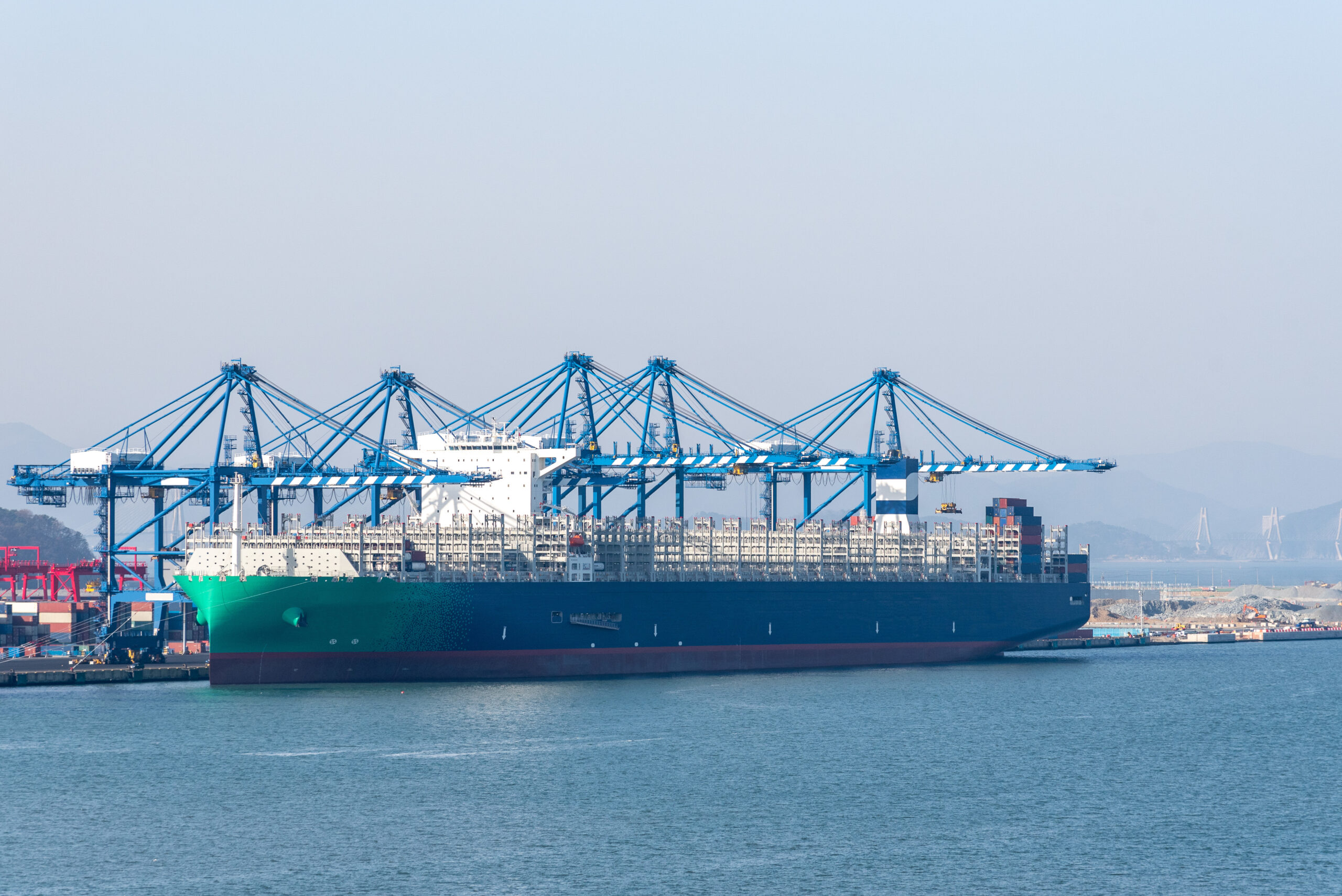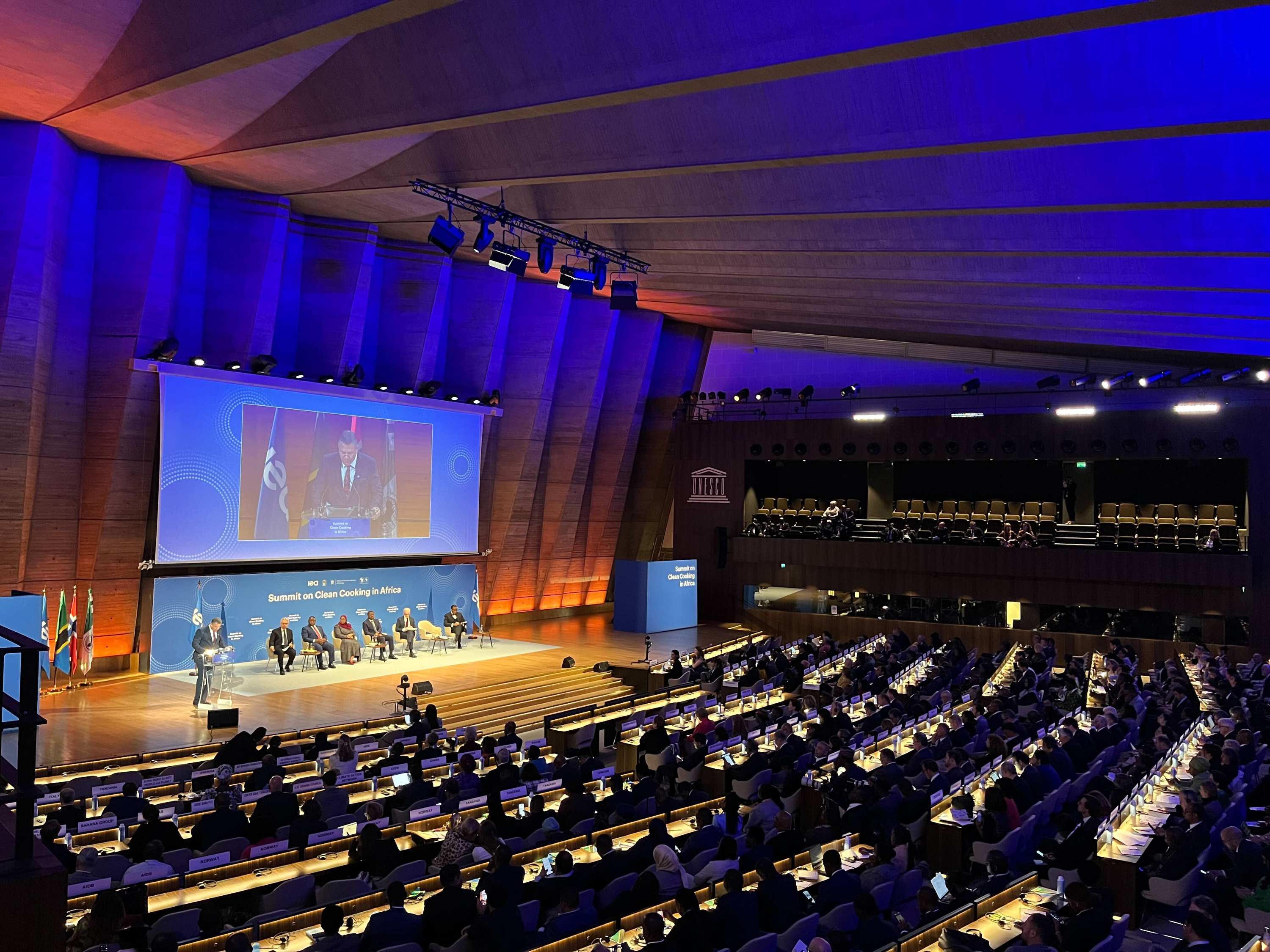Tokyo plan to decarbonise city gas faces hurdles
Tokyo Gas, Japan’s largest city gas supplier, is to begin a methanation pilot programme using renewables to try to decarbonise city gas.

Japan is spearheading a number of initiatives aimed at helping cut emissions from its power sector, while supporting its overall net-zero carbon emissions by 2050 goal. The most recent development came last month when Tokyo Gas, the state-run utility that is Japan’s largest city gas supplier, announced that it will begin a methanation pilot programme using renewables to help decarbonise city gas.
It aims to produce 12.5 normal cubic meters per hour (Nm.cu/h) of synthetic methane during its first phase trial and will use a methanation device at its research centre in Yokohama, near Tokyo.
The utility plans to install a water electrolysis device and use renewable-based hydrogen to produce synthetic methane by March 2023 for the trial, Hisataka Yakabe, Tokyo Gas’ executive officer told media during a tour of the facilities.
It will also use CO2 emitted and captured from nearby factories, from its customers or procured from outside sources.
Methanation involves converting hydrogen and CO2 as a raw material into synthetic methane, an alternative for methane, the main component in natural gas.
However, Methane has several uses. It can be used to generate heat as well as electricity in power plants, as well as a raw material in the chemical industry.
Tokyo Gas will scale up the trial in the late 2020s to produce 400 Nm3/h, followed by a demonstration overseas in 2030 to make 20,000 Nm3/h. It also hopes to replace around 1% of city gas volume with synthetic methane by 2030.
Tokyo Gas’ methanation pilot programme comes as the utility claims it’s improving natural gas usage efficiency, increasing the use of renewables and using carbon capture utilization storage (CCSU) technologies to help reduce carbon emissions by some 17 million tonnes in 2030 across all of its business activities worldwide.
The pledge by the utility, one of Japan’s main LNG importers, comes at a time when the country’s Ministry of Economy, Trade and Industry (METI) calls for utilities to decarbonize their heating demand as the country aims for 2050 carbon neutrality.
Japan, the world’s fifth largest GHG emitter, has pledged a 46% cut in its emissions relative to fiscal year 2013 levels by 2030 before achieving zero carbon emissions by 2050.
The government is also targeting carbon-neutral gases, such as synthetic methane and hydrogen, into the domestic gas pipeline network by 2030 in an effort to replace a combined 5% of feedstock.
Cost concerns
However, while Tokyo Gas is pegging part of its decarbonization goals to synthetic methane, others aren’t sure that it’s a step in the right direction.
Nicolas Vierge, Principal at Tokyo-based consultancy Carbon50, told Gas Outlook that the required green hydrogen needed for Tokyo Gas’ methanation programme is more expensive than methane and likely to stay that way for the next decade.
A report by the International Renewable Energy Agency (IRENA) came to a similar conclusion, stating that green hydrogen production costs must be cut to make it economical for countries worldwide.
The report finds that green hydrogen, made by renewables (mostly solar and wind), currently cost around two and three times more than blue hydrogen, which is produced using natural gas in combination with carbon capture and storage (CCS) technology.
Tokyo Gas head Yakabe concurs that the biggest challenge for the company’s pilot programme is reducing methanation costs. He said that around the year 2030 costs would still be much higher than LNG prices, even with inexpensive overseas renewable energy and lower hydrogen production costs.
“Cost reduction must be achieved through multiple measures,” he said during the methanation pilot announcement. “Those measures include not only cost reduction in green hydrogen production or procurement but in CCUS technological and operational costs.”
Though one of the pillars of Japan’s decarbonization strategy, the methanation solution has a long way to go for several reasons, according to Vierge, including a still non-existent green hydrogen chain in Japan, forcing it to turn to outside production.
Technological bet
Japan’s plan to import hydrogen to fuel its energy needs could be seen as a “technological bet,” Vierge argues, “potentially driven by the fact that scope 3 emissions of hydrogen generation would not be accounted for in Japan.”
Scope 3 emissions are the result of activities from assets not owned or controlled by the reporting organization, however emissions still impact its value chain.
Another hurdle facing Tokyo Gas’ methanation programme includes using captured CO2 from domestic sources since carbon capture installations aren’t developed at scale yet in Japan, or anywhere else, Vierge says.
“It’s as much a leap of faith as if and when the technology will be viable,” he adds.
“For the methane to be close to zero carbon, the CO2 would have to come from direct air-capture (even lower efficiency) or be biogenic (renewable plants sourced). As such, it’s not unreasonable to question the scalability of both these sources.”
Hiroshi Hamasaki, a former Tokyo Gas senior manager, and now an associate at venture capital firm Weru Investment, agrees.
“It’s reasonable to question the scalability of conventional biogenic methane alone, since it depends on the uncontrollable conditions of microorganisms,” he told Gas Outlook.
He pointed out that the Japanese government’s green innovation fund used for the generation of carbon offset methane by utilizing CCUS, direct air capture, and renewable energy upstream, CO2 utilization in midstream and downstream, and the adoption of nuclear fusion and small reactors as energy sources, could help.
These hurdles, however, aren’t dissuading Tokyo Gas or Japan for that matter from the goal of using methanation to reduce city gas emissions.
State-backed New Energy and Industrial Technology Development Organization (NEDO) said in April that it would allocate ¥114.5 billion ($872 million) to help develop new fuels in Japan, including synthetic methane.
The financial aid is part of Japan’s ¥2 trillion ($15.6 billion) green innovative fund to promote the development of cleaner energy and technology to help it meet its 2050 decarbonization goals.
The METI also calls for biogas, clean hydrogen and other measures using CCS to make up 10% of city gas consumption of fuels by 2050, with the remaining 90% to come from synthetic methane.
However, the 2050 timeframe is also being questioned.
Hamasaki argues that even if current technological development is successful, it’s doubtful that Japan will be able to produce enough methane to cover 90% of the 32.6 bcm of methane that the country consumes annually.
“Even if the government’s planned 10,000 Nm3/h methane production technology is secured by 2030, the annual methane production capacity of a single production facility operating at full capacity would be 87.6 mcm. This means that the target for 2030 is to produce 87.6 mcm of methane,” he adds.
“In other words, to reach the 2030 target of 326 mcm of methane, four such facilities would need to be installed.”
He also points out that the Japanese government estimates that a combined capital investment of ¥660 billion in renewable energy facilities would be required, but no mention is made of the funding.
“As such, it’s assumed that it would be extremely difficult for a single company to secure that much money in the name of decarbonization.”



